Signs of Life
Astrophysicist Lisa Kaltenegger analyzes light from distant stars for evidence we’re not alone
Astronomers estimate that there may be dozens of Earth-size planets in our neighborhood—say, within about 75 light-years away—and some of them just might be teeming with life. As they shine dimly into space, they send photons—light particles—streaming toward Earth. Each of these cosmic messengers might herald extraterrestrial life. Unfortunately, nobody on Earth can interpret them. Yet.
The problem is that planets revolve around stars—and a star's photons drown out the planet's. "The star is really, really bright," says Lisa Kaltenegger, 30, an astrophysicist at the Harvard-Smithsonian Center for Astrophysics in Cambridge, Massachusetts. "For every ten billion photons from the star, you get maybe one from the planet."
If anyone can find that lone photon, it's Kaltenegger. She has spent her career trying to make particles of light do her bidding. Now she's part of an international quest to build a flotilla of satellites that will capture light from distant, Earth-like planets. A planet that harbors life—at least life as we know it—should have water, ozone, carbon dioxide, methane and certain other molecules. It is hoped the satellites will detect these ingredients by analyzing planetary photons. There's even a chance that future satellites might pick up a telltale molecule like nitrous oxide, which is extremely rare in the sterile depths of space but is emitted by organisms such as bacteria.
Only within the past decade or so have astronomers been able to spot planets—some 200 so far—in distant solar systems. But planet-hunters can't see most of these planets directly. What they see is the characteristic wobble of a star being tugged by an orbiting planet—especially big, gaseous, Jupiter-like planets with enough gravitational oomph to make the wobbles perceptible. Smaller, Earth-like planets—the ones that scientists think might harbor life—are much harder to find. And in any case, stellar wobbles give no clue as to whether a planet is barren and rocky or bursting with alien beasties.
This is why NASA and its European counterpart, ESA, have been designing a fleet of planet-spotting, satellite-mounted space telescopes. Instead of inferring the existence of planets, these telescopes, flying in formation, would all gaze at a distant sun. "You stare for a long time, blocking out the starlight to discover the faint glow of the planet," says Kaltenegger, who is an adviser to the NASA/ESA project. Because the telescopes all focus on the same object, they can combine their observations and, like waves at a beach that cancel each other out when they crash into each other, the telescopes will cancel—or at least mitigate—photons from stars, allowing planetary photons to stand out. "Once you get those photons," says Kaltenegger, "they should tell you something"—not only the planet's size and temperature but also, she adds, smiling, whether it is inhabited. "Perhaps you can find life—find dinosaurs, or whatever."
As a student at the University of Graz in Austria, Kaltenegger, who was born in Kuchl, Austria, was torn between astronomy and biophysics. Even as she was analyzing light from distant stars, she used lasers as "optical tweezers" that could manipulate tiny objects—like cells—and might someday be useful for treating cancer. Though not by her. "I think that cancer research is important," she says, "but extrasolar planets are such a new field that a young researcher can make a difference."
Kaltenegger has written computer programs to simulate the way Earth would have looked from a distant star at various times in the past—to make it easier to recognize a sister planet at any point in its evolution. But lately, she and her colleagues have had to work on reducing the costs of the proposed space fleet without reducing its capabilities. Launching even three such satellites could cost more than a billion dollars, and with NASA gearing up for lunar missions, the planet-finding mission is precarious at best. "There is still some hope," says Kaltenegger. "It's not dead; it's on indefinite hold."
Kaltenegger is pinning her own hopes for the flotilla on less-sophisticated telescopes spotting Earth-like planets by other means. In December 2006, for example, ESA launched a satellite called COROT that should be able to spot the faint dimming of a star when a planet passes in front of it. "If we're really, really lucky, it will see Earth-size planets," Kaltenegger says. "If COROT says, ‘Look over there,' I think the public will say, ‘Let's do it.'"
Find out more about Lisa Kaltenegger in our Last Word questionaire
Charles Seife, a journalism professor at New York University, is writing a book about the quest for fusion energy.
/https://tf-cmsv2-smithsonianmag-media.s3.amazonaws.com/accounts/headshot/eric-jaffe-240.jpg)
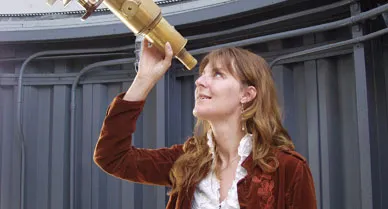
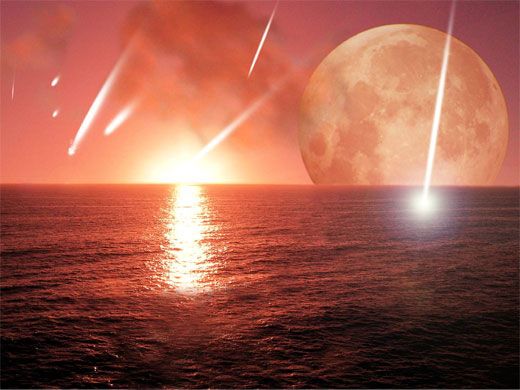

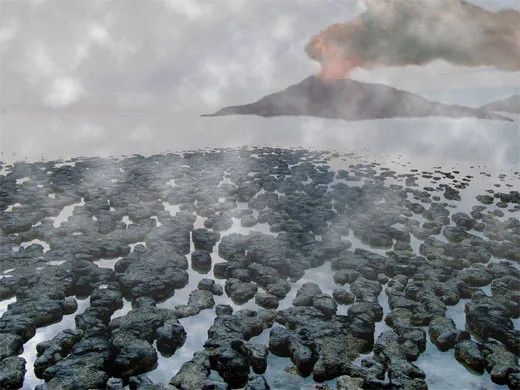

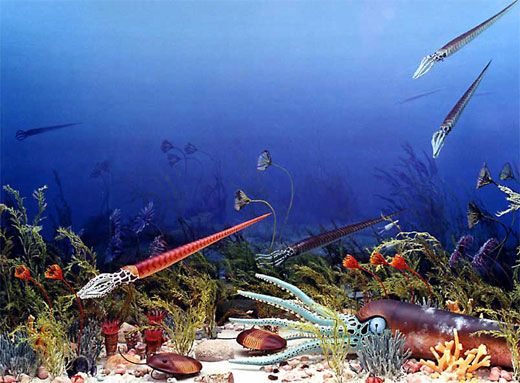

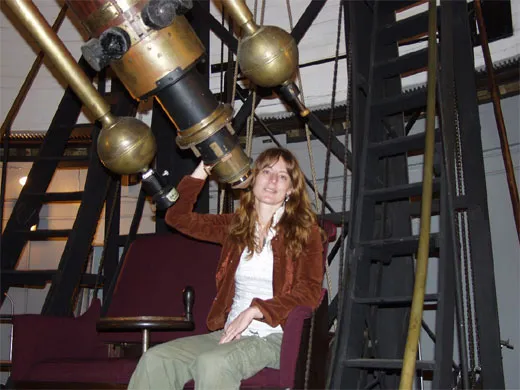
/https://tf-cmsv2-smithsonianmag-media.s3.amazonaws.com/accounts/headshot/eric-jaffe-240.jpg)